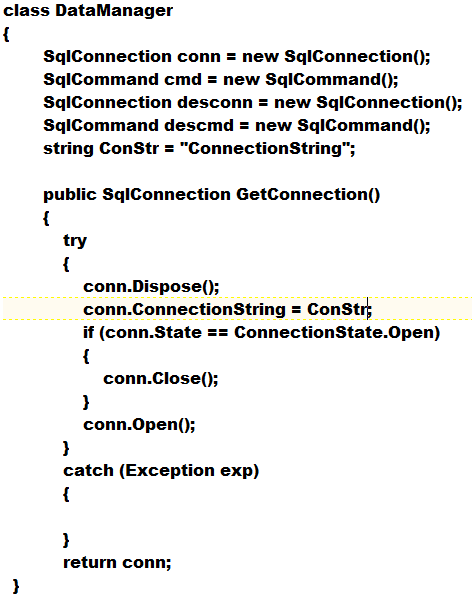To ease this task, we can take help of Arrays.
- An Array is a collection of similar type of values or similar Data Types.
- Data is stored in continuous memory locations.
- These values can be referred by single variable and the index number (position number).
- The index number always starts with ZERO.
- To access the elements of array we use FOR loop.
- Single Dimentional Array
- <datatype> <varName>[<size>];
- Multi Dimentional Array
- <datatype> <varName>[<size>][<size>]...;
- Size or count of values must be known in prior.
- Arrays are not resizable
- This leads to memory wastage if requirement is less than the size
- Character Array: When we need to store more than one character or string we have use 'char' type array. These arrays have a terminating called 'null' character represented as '\0'. We can create a character array in following ways:
char Arr1[20];
initialization of array:
Arr1[0] = 'a'; Arr1[1] = 'b';
Arr1[2] = 'c'; Arr1[3] = 'd';
Arr1[4] = 'e'; Arr1[5] = 'f';
Arr1[6] = '\0';
B) Declaration and Initialization(array initializer):
char Arr2[]={'a','b','c','d','e','f','\0'};
B) Declaration and Initialization(string initializer):
char Arr3[]="Vilas";
D) Declaration and then accepting string from user:
char Arr3[20];
scanf("%s", arr3); //don't use '&' before 'arr3'
- Integer Array : These arrays don't have terminator character. The last element (value) of the array would have index number as SIZE -1. Ways to create 'int' type array:
int arr1[6];
initialization of array:
arr1[0] = 11; arr1[1] = 22;
arr1[2] = 33; arr1[3] = 5;
arr1[4] = 65; arr1[5] = 8;
B) Declaration and Initialization(Array initializer):
int arr2[]={10, 20, 30, 40, 50, 60};
C) Declaration and then accepting numbers from user:
int arr3[5];
int i;
for(i=0; i<5; i++)
scanf("%d", &arr3[i]);
*** Same is for 'float' and 'double'





















